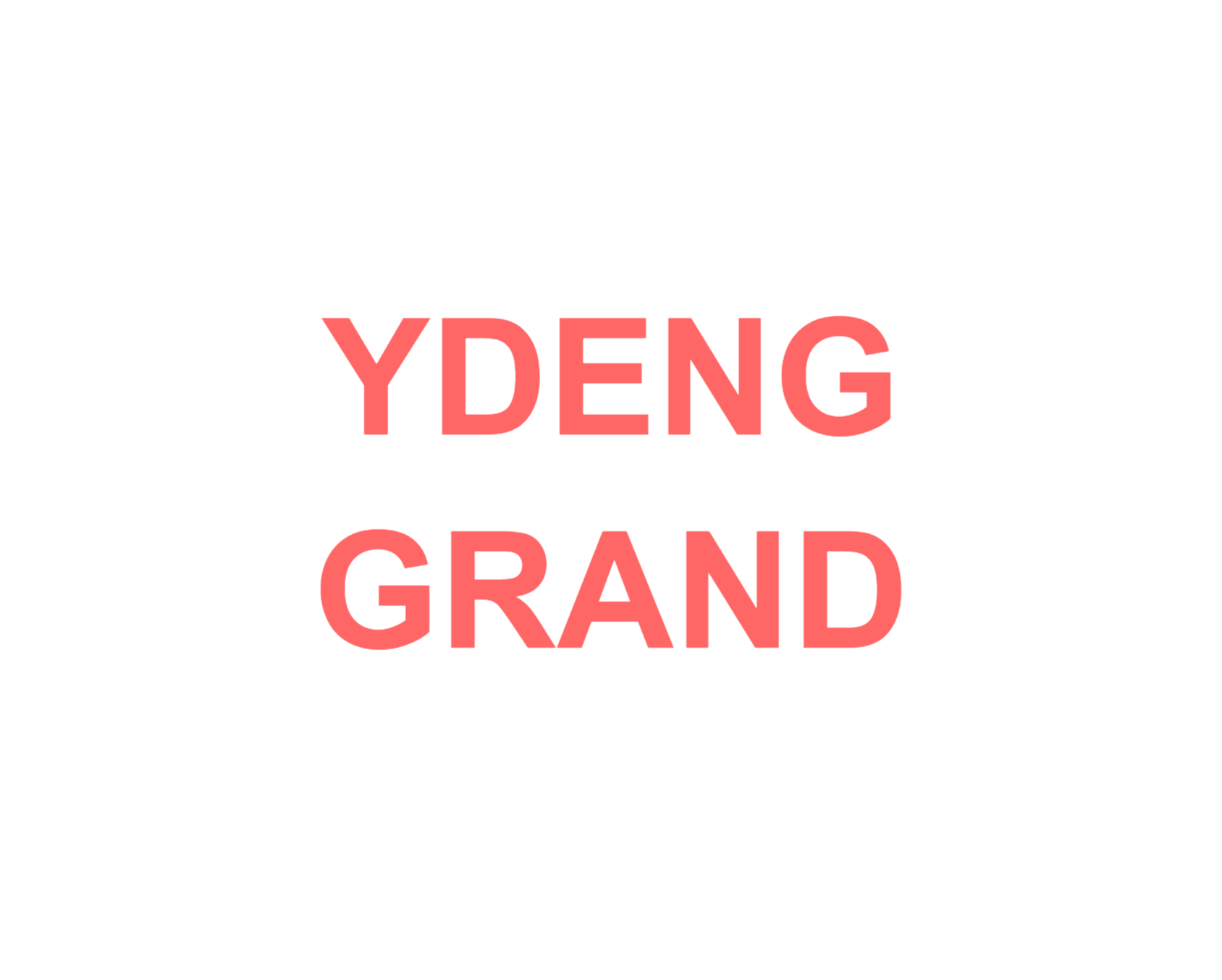Health is more than the absence of disease—it’s a dynamic interplay of physical, mental, and social well-being. While modern lifestyles often prioritize convenience over sustainability, understanding these interconnected facets can unlock lasting vitality. This article explores how nutrition, emotional resilience, and community ties form the cornerstone of holistic health, backed by scientific insights and actionable strategies.
Physical Health as the Foundation
The physical body operates as the bedrock of holistic wellness, requiring deliberate attention to nutrition, movement, recovery, and preemptive care. At its core, nutrition demands more than calorie counting—it thrives on diversity. The World Health Organization emphasizes diets rich in whole foods, including fruits, vegetables, legumes, and lean proteins, while limiting ultra-processed items linked to inflammation and chronic disease. Studies reveal diets high in added sugars and trans fats contribute to 62% of cardiovascular disease mortality globally. Hydration, often overlooked, regulates cellular function and cognition, with research suggesting even 2% dehydration impairs memory and attention.
Exercise, a non-negotiable pillar, extends beyond weight management. WHO’s guidance of 150 weekly minutes of moderate activity—like brisk walking or cycling—strengthens cardiovascular health, bone density, and mitochondrial function. Strength training twice weekly combats sarcopenia, reducing fall risks in aging populations. Sedentary lifestyles, responsible for 27% of diabetes cases, underscore the urgency of movement diversity. Incorporating micro-workouts—climbing stairs or gardening—can offset prolonged sitting’s metabolic harms.
Sleep operates as the body’s nightly regeneration protocol. Consistently achieving 7–9 hours optimizes glymphatic clearance, flushing neurotoxins like beta-amyloid linked to Alzheimer’s. Poor sleep hygiene disrupts circadian rhythms, weakening immune response and increasing obesity risk by 55%. Strategies like avoiding screens 90 minutes before bed and maintaining cooler room temperatures enhance sleep architecture.
Lastly, preventive care disrupts disease trajectories. Annual screenings catch conditions like hypertension early—a silent contributor to stroke and kidney failure—while vaccinations prevent 4–5 million deaths yearly. Combined with genetic risk assessments, these measures empower personalized health strategies. Physical health isn’t isolated—it fuels mental clarity and social engagement, creating a resilient foundation for life’s complexities.
Mental Wellness and Emotional Resilience
Mental wellness and emotional resilience form the cornerstone of a holistic health approach, bridging the physical foundations discussed earlier with the social interconnectedness explored in subsequent chapters. Globally, 1 in 4 people will experience a mental health disorder in their lifetime, according to the WHO, underscoring the urgency of prioritizing psychological well-being. While physical health practices like exercise and sleep influence mental states, this chapter focuses on the mind’s unique dynamics—how stress rewires neural pathways, emotions shape bodily responses, and societal pressures amplify vulnerabilities.
Chronic stress is a critical disruptor, triggering inflammation, hormonal imbalances, and heightened risks of cardiovascular disease. This occurs partly through the gut-brain axis, where gut microbiota influence neurotransmitter production, linking digestive health to mood disorders like anxiety. Neuroplasticity—the brain’s ability to adapt—offers hope: therapies such as Cognitive Behavioral Therapy (CBT) can reshape thought patterns, while mindfulness practices like meditation reduce amygdala activity, fostering calm.
Practical strategies for resilience include:
- Journaling to process emotions and identify stress triggers.
- Mindfulness meditation, shown to lower cortisol levels by up to 30% with consistent practice.
- Seeking professional support, as early therapeutic intervention halves relapse rates in depression.
Emerging research on probiotics for mental health and breathwork for nervous system regulation further highlights the mind-body connection. However, individual efforts must coexist with community-driven solutions—a theme explored next—as isolation exacerbates mental health challenges. By integrating evidence-based self-care with an understanding of biological mechanisms, individuals cultivate resilience, ensuring mental wellness becomes a sustainable pillar of lifelong health.
Social Connections and Community Health
Social connections are not just emotional luxuries—they are biological necessities. The Centers for Disease Control and Prevention (CDC) warns that chronic social isolation increases the risk of heart disease by 29% and dementia by 50%, with loneliness rivaling smoking and obesity as a mortality risk factor. These statistics underscore a truth echoed in countless studies: humans thrive in relational ecosystems. Strong social ties reduce cortisol levels, boost immune function, and activate the vagus nerve—a critical link between emotional safety and physical health highlighted in recent gut-brain axis research.
Volunteering exemplifies how giving enriches the giver: older adults who engage in community service show 30% lower rates of inflammation compared to non-volunteers. Empathy-building practices, such as perspective-sharing exercises or collaborative problem-solving, strengthen neural pathways associated with trust—reinforcing emotional resilience strategies discussed earlier. Inclusive networks further amplify these benefits. Communities prioritizing diversity—through intergenerational programs or migrant support circles—create buffers against systemic stressors like discrimination, which the WHO links to chronic health disparities.
Cultural rituals anchor these principles in daily life. Mediterranean cultures center shared meals, fostering digestion-regulating parasympathetic states while combating loneliness. Nordic nations integrate group fitness into workplace culture through Sweden’s friskvård (healthcare exercise incentives), proving collective movement enhances adherence to wellness habits. Japan’s moai tradition—small social support groups formed in childhood—exemplifies lifelong accountability networks that reduce isolation-related illnesses.
These practices don’t just fill calendar slots—they rewire our biology. As neuroscience confirms, relational joy triggers dopamine release that rivals pharmaceutical antidepressants. By weaving community into our health strategies, we transform survival into solidarity.
Conclusions
True wellness demands harmony between body, mind, and community. By nurturing physical health with mindful habits, fostering emotional resilience through self-care, and investing in meaningful relationships, individuals can build a sustainable foundation for longevity. As research evolves, one truth remains: health is a lifelong journey, shaped equally by personal choices and collective support.
















